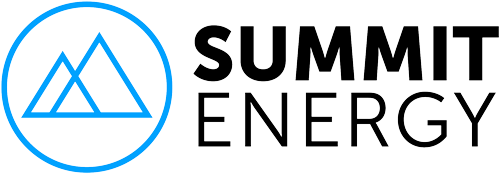Step 1: Assess Your Energy Needs
Before diving into the financial aspect, assessing your energy needs is crucial. First, estimate your average energy consumption and define how much you’d like to offset with solar energy; this will give you an idea of the number of panels required and the size of the installation.
Step 2: Understand the Costs
Solar panel installation costs can vary: the size of the system, the type of panels, and the installation’s complexity may affect the installation’s final price. Research local installers and request quotes to get a clear understanding of the upfront costs involved.
Step 3: Explore Available Financing Options
- Cash Purchase: If you have the financial means, purchasing solar panels outright can provide the most significant long-term savings. You’ll benefit from immediate savings on energy bills and potential tax incentives.
- Solar Loans: Many financial institutions offer specialized loans for solar installations. These loans often come with interest rates and flexible repayment terms, making them very viable options for homeowners
- Home Equity Line of Credit (HELOC): If you have built up equity in your home, consider using a HELOC to finance your solar installation. This option allows you to borrow against the value of your home and typically offers favorable interest rates.
- Leasing or Power Purchase Agreements (PPAs): This is what our No Cost Solar Program is all about. If you qualify for our No Cost Solar Program, we will use a lease or PPA arrangement to install the solar panels needed, and you will pay a fee for using the generated electricity.
Step 4: Research Incentives and Rebates
Research and understand the various programs available in your area, as they can significantly reduce the overall cost of your installation.
Step 5: Plan for Maintenance and Warranty
Solar panels require minimal maintenance, but it’s essential to understand the warranty terms and any ongoing maintenance costs. Ensure that you have a clear understanding of what is covered and for how long.
Financing your solar panel installation is essential for a greener future and long-term savings. With Summit Energy, you can confidently start your solar journey by evaluating your energy needs, understanding the costs, exploring financing options, researching incentives, and planning maintenance. Contact us to get more details to begin your solar journey. Investing in solar energy benefits the environment and provides financial stability and energy independence.

